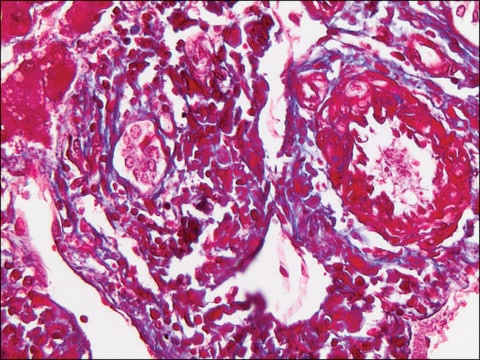SRP6155
BMP-2 human
recombinant, expressed in HEK 293 cells, ≥95% (SDS-PAGE)
Sinónimos:
BMP-2A, Bone morphogenetic protein 2, Bone morphogenetic protein 2A
About This Item
Productos recomendados
origen biológico
human
recombinante
expressed in HEK 293 cells
Ensayo
≥95% (SDS-PAGE)
Formulario
lyophilized
potencia
20-100 ng/mL ED50
mol peso
30-38 kDa (homodimer, glycosylated)
envase
pkg of 10 μg
técnicas
cell culture | mammalian: suitable
Nº de acceso NCBI
Condiciones de envío
dry ice
temp. de almacenamiento
−70°C
Información sobre el gen
human ... BMP2(650)
Descripción general
Aplicación
Acciones bioquímicas o fisiológicas
Forma física
Nota de preparación
Reconstitución
Código de clase de almacenamiento
11 - Combustible Solids
Clase de riesgo para el agua (WGK)
WGK 3
Punto de inflamabilidad (°F)
Not applicable
Punto de inflamabilidad (°C)
Not applicable
Elija entre una de las versiones más recientes:
Certificados de análisis (COA)
¿No ve la versión correcta?
Si necesita una versión concreta, puede buscar un certificado específico por el número de lote.
¿Ya tiene este producto?
Encuentre la documentación para los productos que ha comprado recientemente en la Biblioteca de documentos.
Nuestro equipo de científicos tiene experiencia en todas las áreas de investigación: Ciencias de la vida, Ciencia de los materiales, Síntesis química, Cromatografía, Analítica y muchas otras.
Póngase en contacto con el Servicio técnico




